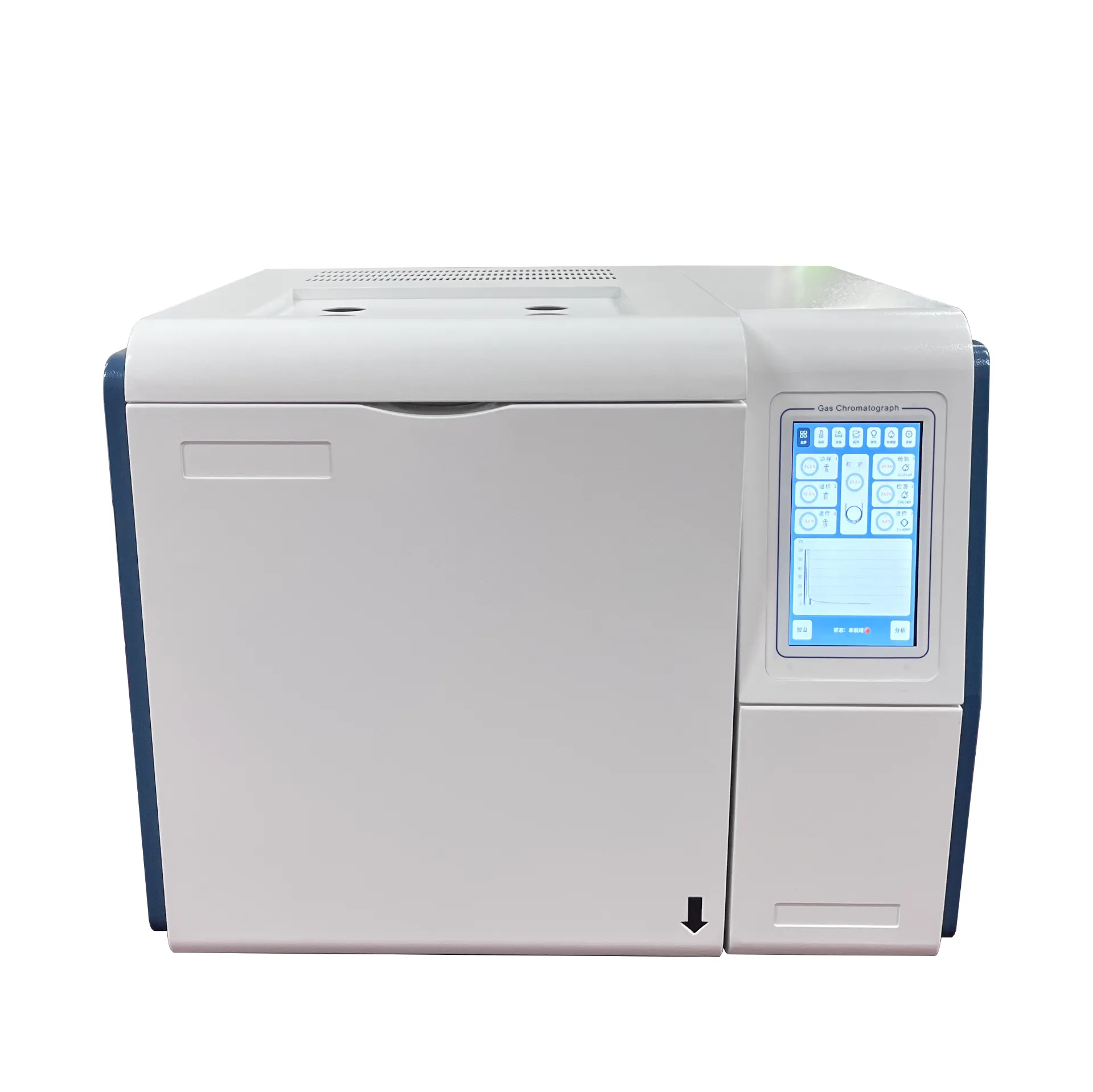 English
English



-
 Afrikaans
Afrikaans -
 Albanian
Albanian -
 Amharic
Amharic -
 Arabic
Arabic -
 Armenian
Armenian -
 Azerbaijani
Azerbaijani -
 Basque
Basque -
 Belarusian
Belarusian -
 Bengali
Bengali -
 Bosnian
Bosnian -
 Bulgarian
Bulgarian -
 Catalan
Catalan -
 Cebuano
Cebuano -
 China
China -
 China (Taiwan)
China (Taiwan) -
 Corsican
Corsican -
 Croatian
Croatian -
 Czech
Czech -
 Danish
Danish -
 Dutch
Dutch -
 English
English -
 Esperanto
Esperanto -
 Estonian
Estonian -
 Finnish
Finnish -
 French
French -
 Frisian
Frisian -
 Galician
Galician -
 Georgian
Georgian -
 German
German -
 Greek
Greek -
 Gujarati
Gujarati -
 Haitian Creole
Haitian Creole -
 hausa
hausa -
 hawaiian
hawaiian -
 Hebrew
Hebrew -
 Hindi
Hindi -
 Miao
Miao -
 Hungarian
Hungarian -
 Icelandic
Icelandic -
 igbo
igbo -
 Indonesian
Indonesian -
 irish
irish -
 Italian
Italian -
 Japanese
Japanese -
 Javanese
Javanese -
 Kannada
Kannada -
 kazakh
kazakh -
 Khmer
Khmer -
 Rwandese
Rwandese -
 Korean
Korean -
 Kurdish
Kurdish -
 Kyrgyz
Kyrgyz -
 Lao
Lao -
 Latin
Latin -
 Latvian
Latvian -
 Lithuanian
Lithuanian -
 Luxembourgish
Luxembourgish -
 Macedonian
Macedonian -
 Malgashi
Malgashi -
 Malay
Malay -
 Malayalam
Malayalam -
 Maltese
Maltese -
 Maori
Maori -
 Marathi
Marathi -
 Mongolian
Mongolian -
 Myanmar
Myanmar -
 Nepali
Nepali -
 Norwegian
Norwegian -
 Norwegian
Norwegian -
 Occitan
Occitan -
 Pashto
Pashto -
 Persian
Persian -
 Polish
Polish -
 Portuguese
Portuguese -
 Punjabi
Punjabi -
 Romanian
Romanian -
 Russian
Russian -
 Samoan
Samoan -
 Scottish Gaelic
Scottish Gaelic -
 Serbian
Serbian -
 Sesotho
Sesotho -
 Shona
Shona -
 Sindhi
Sindhi -
 Sinhala
Sinhala -
 Slovak
Slovak -
 Slovenian
Slovenian -
 Somali
Somali -
 Spanish
Spanish -
 Sundanese
Sundanese -
 Swahili
Swahili -
 Swedish
Swedish -
 Tagalog
Tagalog -
 Tajik
Tajik -
 Tamil
Tamil -
 Tatar
Tatar -
 Telugu
Telugu -
 Thai
Thai -
 Turkish
Turkish -
 Turkmen
Turkmen -
 Ukrainian
Ukrainian -
 Urdu
Urdu -
 Uighur
Uighur -
 Uzbek
Uzbek -
 Vietnamese
Vietnamese -
 Welsh
Welsh -
 Bantu
Bantu -
 Yiddish
Yiddish -
 Yoruba
Yoruba -
 Zulu
Zulu
gas chromatograph spectrometer
Understanding Gas Chromatograph Spectrometry An Analytical Powerhouse
Gas Chromatograph Spectrometry (GCS) is a pivotal analytical technique widely employed in various scientific fields, from environmental monitoring to food safety and pharmaceuticals. This sophisticated method allows for the separation, identification, and quantification of chemical compounds present in complex mixtures.
At its core, gas chromatography (GC) utilizes a sample's gaseous phase to achieve separation. The process begins with sample introduction into a system, where it is vaporized and transported through a column by a carrier gas, usually an inert gas like helium or nitrogen. Within the column, various components of the mixture interact differently with the stationary phase—a coating on the wall of the column—leading to their separation based on volatility and affinity for the stationary phase.
Understanding Gas Chromatograph Spectrometry An Analytical Powerhouse
One primary advantage of GCS is its sensitivity. It can detect trace levels of compounds in a sample, making it ideal for tasks such as testing air quality or analyzing environmental samples for pollutants. For example, researchers can quantify volatile organic compounds (VOCs) in ambient air, which are critical for assessing urban air quality and potential health risks.
gas chromatograph spectrometer

The versatility of GCS is another notable feature. It is applicable across diverse industries and fields of study. In the food industry, it is employed to analyze flavor compounds, detect adulteration, and ensure compliance with safety standards. In pharmaceuticals, GCS is used in the drug development process to characterize active ingredients and ensure the purity of products. Furthermore, environmental scientists rely on GCS to monitor contamination in soil and water samples, thus safeguarding ecosystems and public health.
Despite its numerous advantages, gas chromatography has limitations. Its efficiency can be impacted by the complexity of the sample matrix, which may cause co-elution of similar compounds, complicating analysis. Additionally, GC is primarily suitable for volatile and semi-volatile compounds; substances that are thermally labile or non-volatile may require different analytical techniques, such as liquid chromatography.
The evolution of GCS has also been significant. Recent advancements include the development of improved stationary phases and detection methods that enhance the separation and sensitivity of analyses. Techniques such as solid-phase microextraction (SPME) can be integrated with GCS to pre-concentrate analytes before the main analysis, thus improving detection limits and the overall clarity of results.
In the realm of testing and diagnostics, the ability to quickly and accurately profile complex mixtures has made GCS an invaluable tool. Laboratories and regulatory bodies worldwide depend on this technique to ensure compliance with global safety standards.
In conclusion, gas chromatograph spectrometry stands as a cornerstone of modern analytical chemistry. Its unparalleled ability to separate, identify, and quantify complex mixtures has revolutionized how scientists study and understand chemical phenomena. From ensuring food safety to monitoring environmental pollutants, GCS continues to play a critical role in advancing scientific knowledge and protecting public health. As technology progresses, we can expect further enhancements to this analytical powerhouse, improving its applicability and efficiency for future scientific endeavors.
-
Testing Equipment Industry Sees Major Advancements in 2025: Smart & Precision Technologies Lead the WayNewsJun.06,2025
-
Applications of Direct Current Generators in Renewable Energy SystemsNewsJun.05,2025
-
Hipot Tester Calibration and Accuracy GuidelinesNewsJun.05,2025
-
Digital Circuit Breaker Analyzer Features and BenefitsNewsJun.05,2025
-
Benefits of Real-Time Power Quality Monitoring Devices for Industrial EfficiencyNewsJun.05,2025
-
Earth Fault Loop Testing in High-Rise Building Electrical SystemsNewsJun.05,2025



